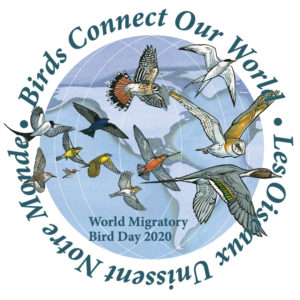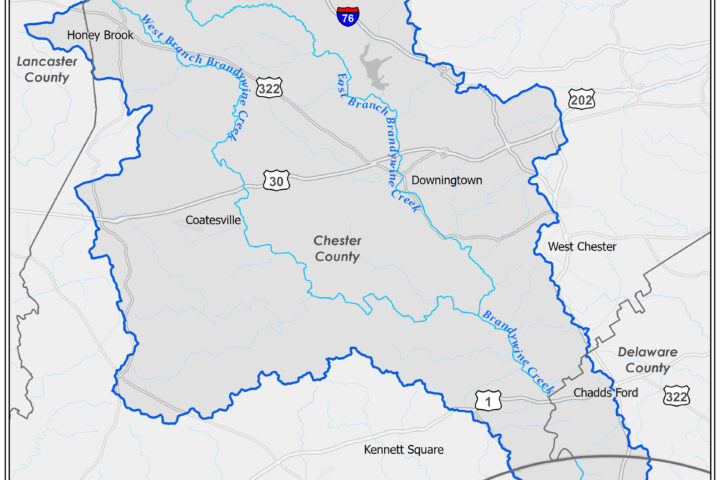We were all gathered in the pre-dawn for a very well-attended spring migratory bird hike. I was standing groggily at the back of the group, watching the yellow tinge of the sunrise break upon the eastern horizon. As if on cue to welcome the rising sun, a chorus of birdsong trilled from the brambles of nearby thicket.
“Do you think a new day would even happen without birds singing in the morning?”
The question was unexpectedly posed to me by a fellow participant who (much more awake than I) was peering intently into the gloom, trying to spot the trilling birds as they continued their dawn chorus.
“Well,” I began, not wanting to sound condescending. “The earth is rotating on its axis, causing the appearance of the sun rising and setting. I don’t think birds have anything to do with it.”
The participant was unfazed.
“But, you would have to eliminate all of the birds across the world to find out the answer, and what then? We’d probably die. We need the birds to call us into a new day.”
We need the birds to call us into a new day.
While that spring migration hike has come and gone, that one statement has stuck with me ever since.
“Birds connect our world” is the theme for this year’s World Migratory Bird Day (WMBD), the only international education program that celebrates the migration of hundreds of bird species between their nesting habitats in North America and wintering grounds in Latin America, Mexico, and the Caribbean. This year’s WMBD conservation campaign will highlight the tracking technologies that researchers use to learn about migratory routes, examine the hazards birds face during their journeys, and implement conservation actions to help migratory birds along the way.
“In 2009 scientists captured a Whimbrel in coastal Virginia, which is an important stopover site for this species,” says Susan Bonfield, Executive Director of Environment for the Americas. “When this bird, a female nicknamed Hope, was released,” says Bonfield, “she carried a satellite transmitter that showed her shuttling between breeding grounds in northwestern Canada and a wintering site in the U.S. Virgin Islands.”
Hope was tracked for more than 50,000 miles before disappearing in 2017, when Hurricane Maria struck St. Croix. “Hope demonstrated both the spectacular journeys that migratory birds make each year and the threats they frequently face during them,” Bonfield says. Human-caused threats such as habitat loss negatively affect the survival of many birds like Hope, but conserving land through the development of conservation easements, as well as implementing strategic and coordinated land conservation efforts can bring great gains in protecting migratory and non-migratory birds alike, as well as ensuring a continued coexistence between birds and a growing human population. In the spirit of this year’s WMBD theme, land conservation for the benefits of birds also puts into perspective the significance of how conserving land on a local level connects us to conservation efforts that reach a global level.
While the goal of WMBD is focused on raising awareness about issues important to bird conservation, it’s also a celebration – and an opportunity to inspire people around the globe to take action to protect birds and their habitats, and to make sure that birds can sing us into a new day, for many days to come.
Hilary Hirtle is the communications specialist for the Pennsylvania Land Trust Association.




